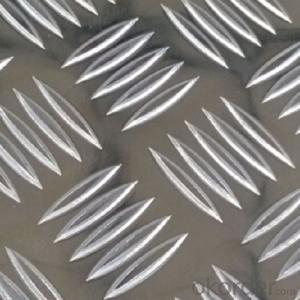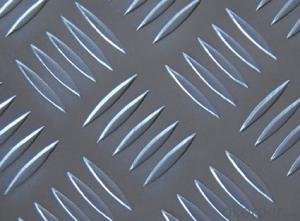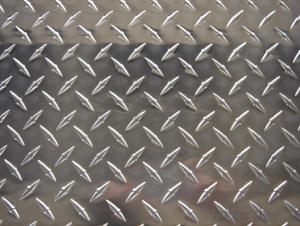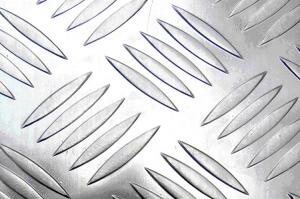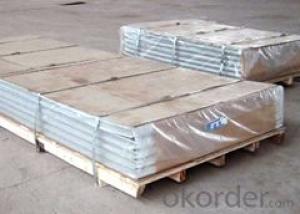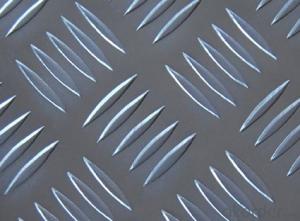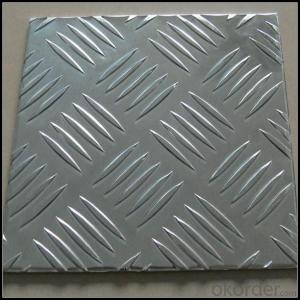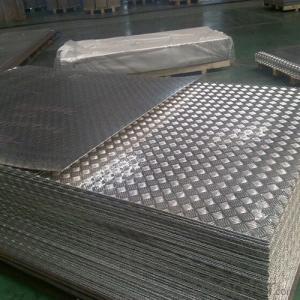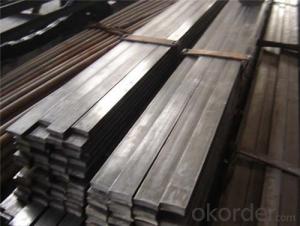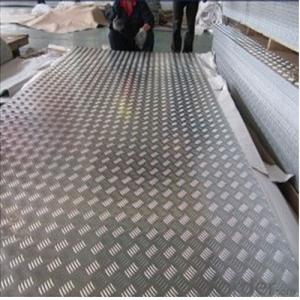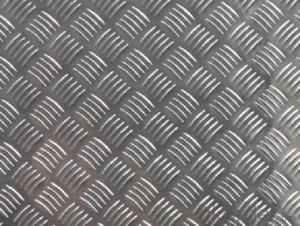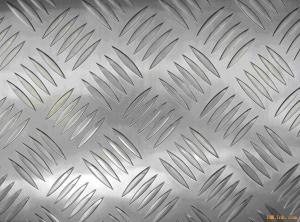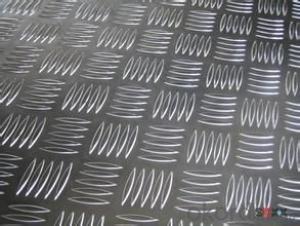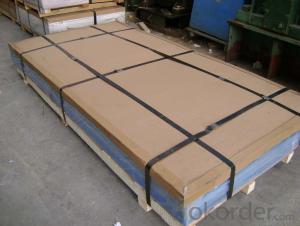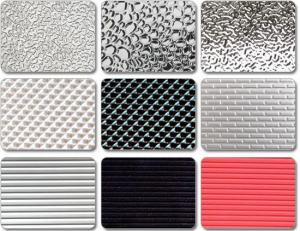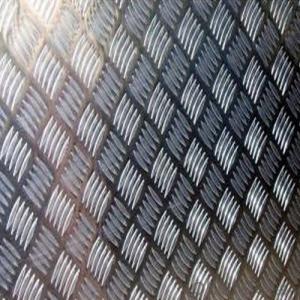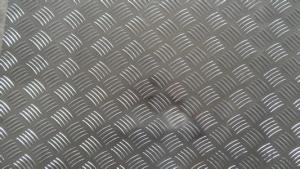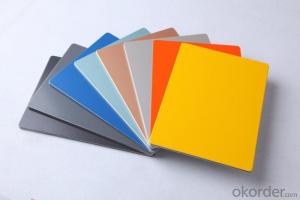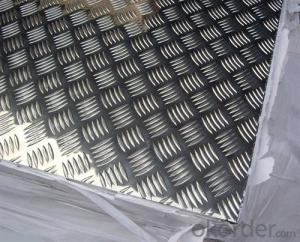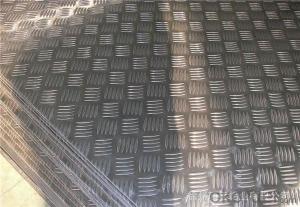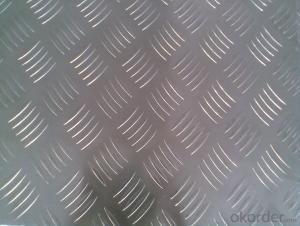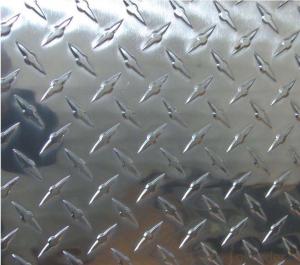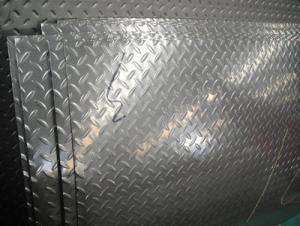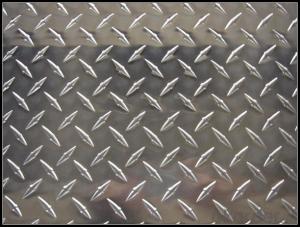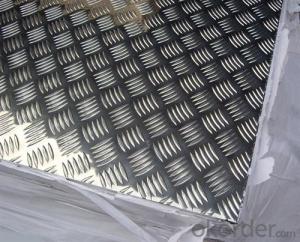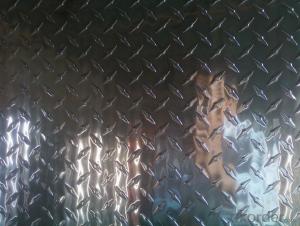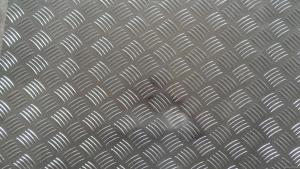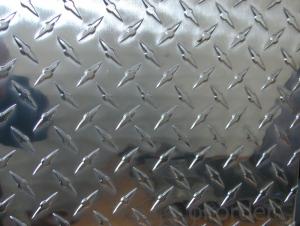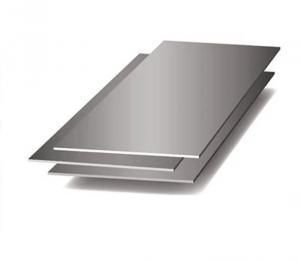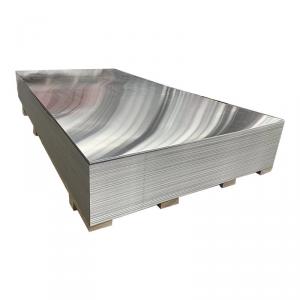5 Bar Aluminum Plate
5 Bar Aluminum Plate Related Searches
5 Bar Aluminum Diamond Plate 5mm Aluminum Plate 5 Bar Aluminum Tread Plate 5 Aluminum Plate Aluminum Plate 5mm 5mm Thick Aluminum Plate Five Bar Aluminum Tread Plate 5 16 Aluminum Plate Aluminum 5th Wheel Plate 5/16 Aluminum Plate Aluminum Fifth Wheel Plate 5 8 Aluminum Plate 5/8 Aluminum Plate Atp 5 Aluminum Plate T5mm Aluminum Plate 0.5 Aluminum Plate Atp 5 Cast Aluminum Plate Alca 5 Aluminum Plate 5 8 Aluminum Bar Stock 6 Aluminum Plate 5005 Aluminum Plate 1/2 Inch Aluminum Plate 15mm Aluminum Plate 5x10 Aluminum Diamond Plate 5454 Aluminum Plate 1/2 Inch Thick Aluminum Plate 6mm Aluminum Plate 4 Aluminum Plate 2 Aluminum Plate Atp 5 Aluminum Tooling Plate5 Bar Aluminum Plate Supplier & Manufacturer from China
5 Bar Aluminum Plate is a type of aluminum product that is widely recognized for its durability and strength. This specific plate is characterized by its unique 5-bar pattern, which not only adds to its aesthetic appeal but also enhances its functionality in various applications. The 5 Bar Aluminum Plate is commonly utilized in construction, automotive, and aerospace industries due to its lightweight properties and high resistance to corrosion. Its versatility makes it an ideal choice for a multitude of projects, from architectural facades to transportation vehicles.The 5 Bar Aluminum Plate is favored for its ability to withstand harsh weather conditions and maintain its structural integrity over time. This makes it a popular choice for outdoor installations and applications where resistance to wear and tear is crucial. The product's non-magnetic and non-sparking properties also make it suitable for environments where safety is a priority, such as in the oil and gas industry or in electrical installations. The 5 Bar Aluminum Plate's adaptability allows it to be easily cut, shaped, and welded, making it a convenient material for a wide range of applications.
As a leading wholesale supplier, Okorder.com boasts a vast inventory of 5 Bar Aluminum Plate, ensuring that customers have access to the quantity and quality they require. The company's commitment to providing top-tier products and exceptional service has made it a trusted source for businesses and individuals seeking reliable aluminum solutions. With Okorder.com's extensive stock and competitive pricing, customers can be confident that they are receiving the best value for their 5 Bar Aluminum Plate needs.
Hot Products

